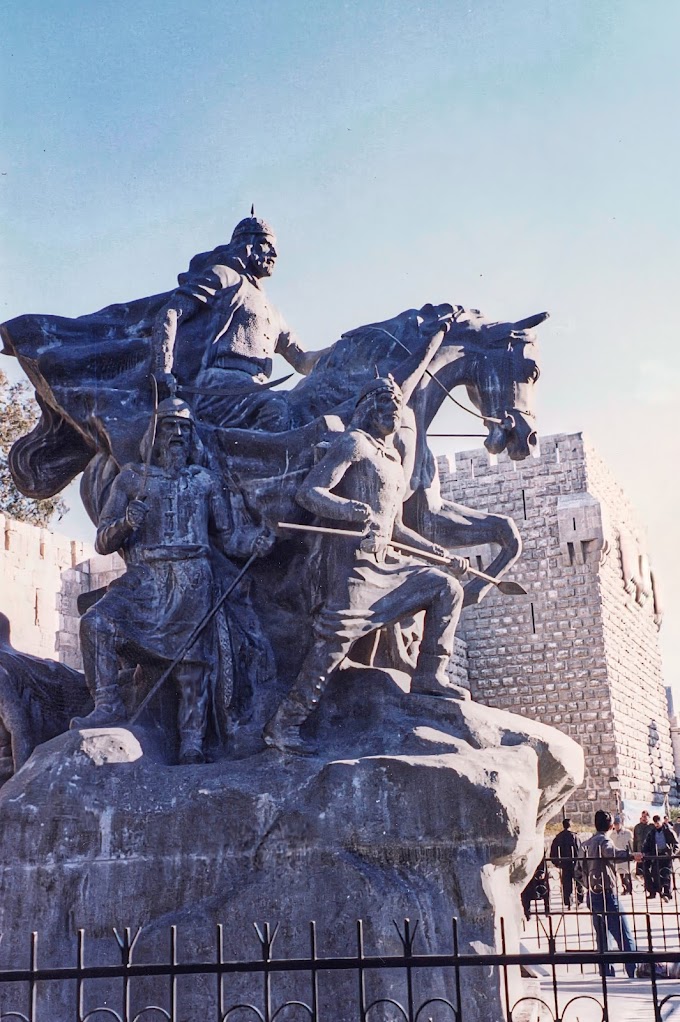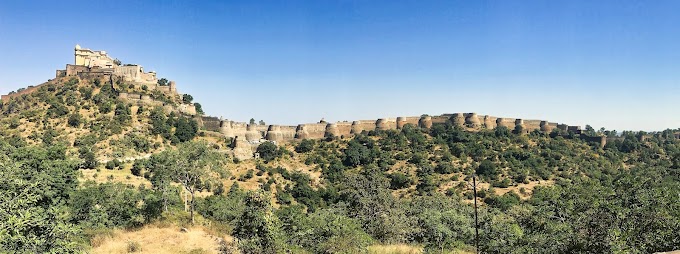 |
| Sultan Shamsuddin Iltutmish Tomb |
Sultan Shamsuddin Iltutmish Tomb
Tucked away in the heart of Delhi’s historic Qutub Complex, the tomb of Sultan Shamsuddin Iltutmish (1211–1236 CE) stands as a solemn tribute to one of the most influential rulers of the Delhi Sultanate. Built in 1235 CE, this structure not only serves as the resting place of Iltutmish but also represents a fusion of Islamic and Indian architectural sensibilities, reflecting the cultural dynamics of medieval India.
Architectural Splendor
The tomb’s design is modest yet striking. It is a square chamber, constructed primarily from red sandstone, with intricately carved floral and geometric patterns adorning the interior walls. Arabic calligraphy, praising Allah and quoting verses from the Quran, embellishes the space, showcasing the Islamic artistic heritage of the period.
Despite the absence of a dome—an element typical of Islamic mausoleums—the tomb exudes an air of serenity and grandeur. This missing feature is believed to be intentional, aligning with Iltutmish’s austere personal style. The mihrab (prayer niche) within the tomb is another noteworthy feature, exquisitely designed and oriented towards Mecca, highlighting the Sultan's deep devotion to Islam.
Legacy of Sultan Iltutmish
Iltutmish was not just a warrior but also an astute administrator who consolidated the Delhi Sultanate after inheriting a fragile kingdom. He introduced the iqta system (land revenue administration) and was instrumental in laying the foundations of centralized governance in India. His reign marked the beginning of architectural experimentation, as seen in the construction of the Qutub Minar's second story and his tomb.
Preservation and Challenges
Over the centuries, the tomb has faced the ravages of time. While its architectural elements remain captivating, some parts have weathered significantly. Conservation efforts by the Archaeological Survey of India have sought to preserve this heritage site, ensuring its stories endure for future generations.
Visiting Iltutmish’s tomb offers a glimpse into the glorious past of the Delhi Sultanate, blending historical intrigue with artistic beauty. For history enthusiasts and travellers, it is a must-visit, providing an enriching experience in the heart of India’s capital.
Citations:
- Brown, Percy. Indian Architecture (Islamic Period). Bombay: Taraporevala Sons, 1956.
- Rizvi, Saiyid Athar Abbas. The Wonder That Was India, Volume II. New Delhi: Rupa & Co., 2005.
- Archaeological Survey of India. “Qutub Complex.” ASI Official Website (accessed December 2024).





0 Comments